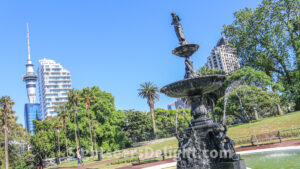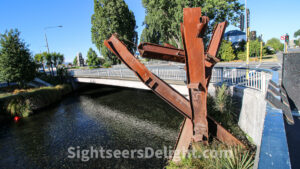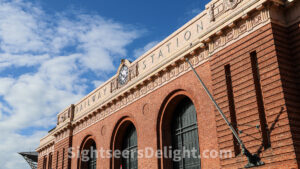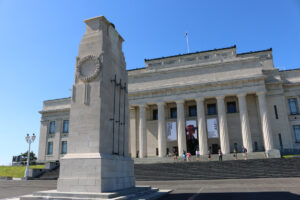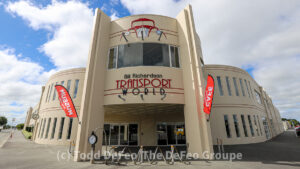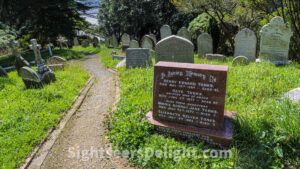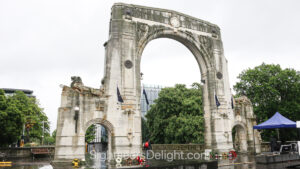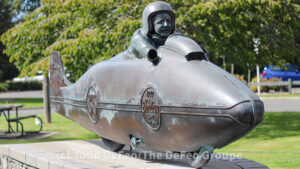Albert Park was laid out in the 1880s and is famous for its stunning views of Auckland and the harbor. The park stands on the site of the former Albert Barracks, which was built in the 1840s and is among Auckland’s early European military forts, which itseld was buolt on the site of Te Horotiu pa. A statue of Queen Victoria was erected in the park following her Diamond Jubilee in 1897. The park is also home to a Boer War memorial.
The Auckland Railway Station is the former main railway station of Auckland. Opened in 1930 on Beach Road, it replaced the previous Queen Street railway terminus which is approximately where the current main railway station, Britomart is located. The 1930 station was the third station to serve as the rail terminus for Auckland, and remained the sole station serving the CBD until its closure in July 2003, when Britomart became the new terminus.
Auckland Museum is regarded as one of the finest Museums in the Southern Hemisphere and is renowned for its unique collection of Māori and Pacific treasures. It is also a war memorial for the Auckland province. Housed in one of the country’s finest heritage buildings, the Museum tells the story of New Zealand as a nation; from award-winning natural history exhibits to galleries which investigate New Zealand’s cultural origins. Scars on the Heart, the Museum’s war memorial exhibition, tells the story of New Zealand at war, while He Taonga Māori – the Museum’s Māori treasures gallery, displays over 2,000 priceless Māori artifacts, including rare carvings and the last great Māori war canoe carved from a giant Totara tree. Auckland Museum is the only venue in Auckland where visitors can experience a Māori cultural performance daily.
Bolton Street Memorial Park, formerly known as Bolton Street Cemetery, is the oldest cemetery in Wellington, New Zealand. Dating back to 1840, many notable people are buried here.
The Bridge of Remembrance in Christchurch, New Zealand, is dedicated to as a memorial to those who participated in World War I and World War II as well as conflicts in Borneo, Korea, Malaya and Vietnam. The Cashel Street bridge over the Avon River initially opened in 1873. Mrs. Wyn Irwin is credited with raising the idea for a memorial atop the bridge in a July 24, 1919, letter to The Press on 24 July 1919. Lord Jellicoe unveiled the monument on Armistice Day (Nov. 11) in 1924. It closed to vehicle traffic in 1976. Following the February 2011 Christchurch earthquake, New Zealand spent more than NZD 2 million to strengthen the historic bridge.

